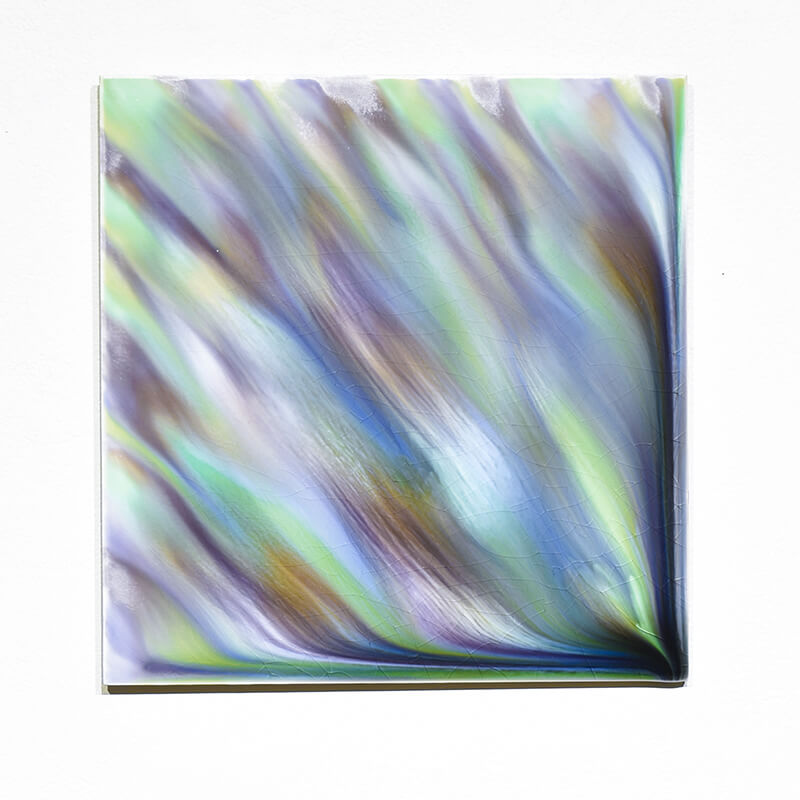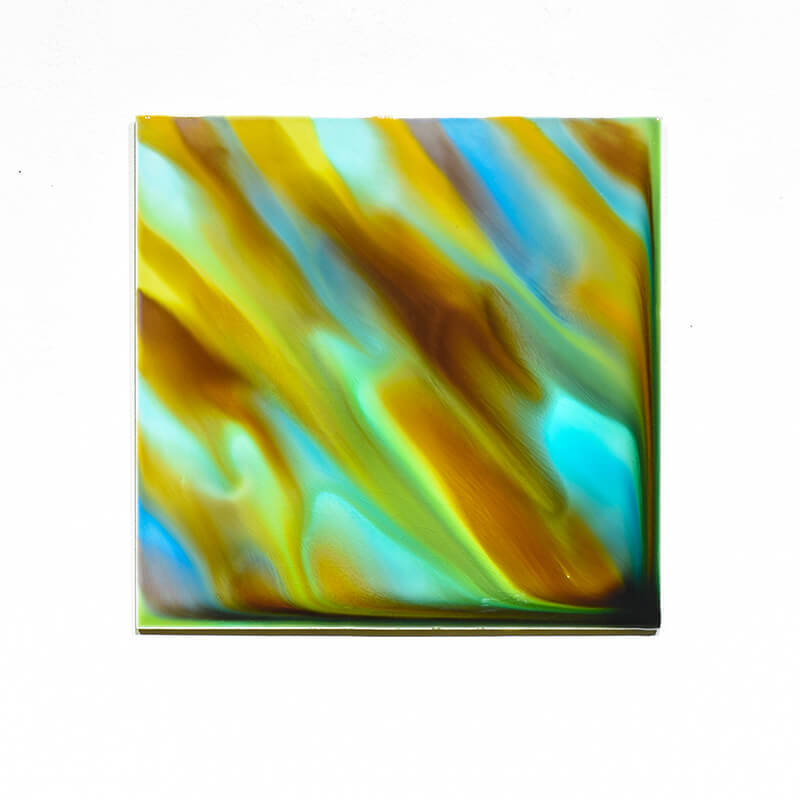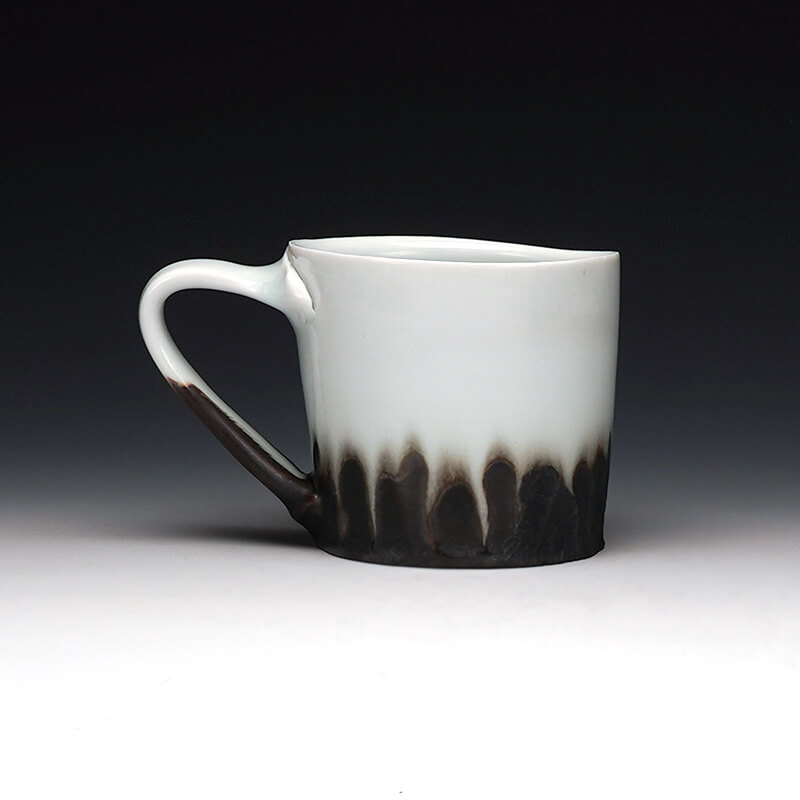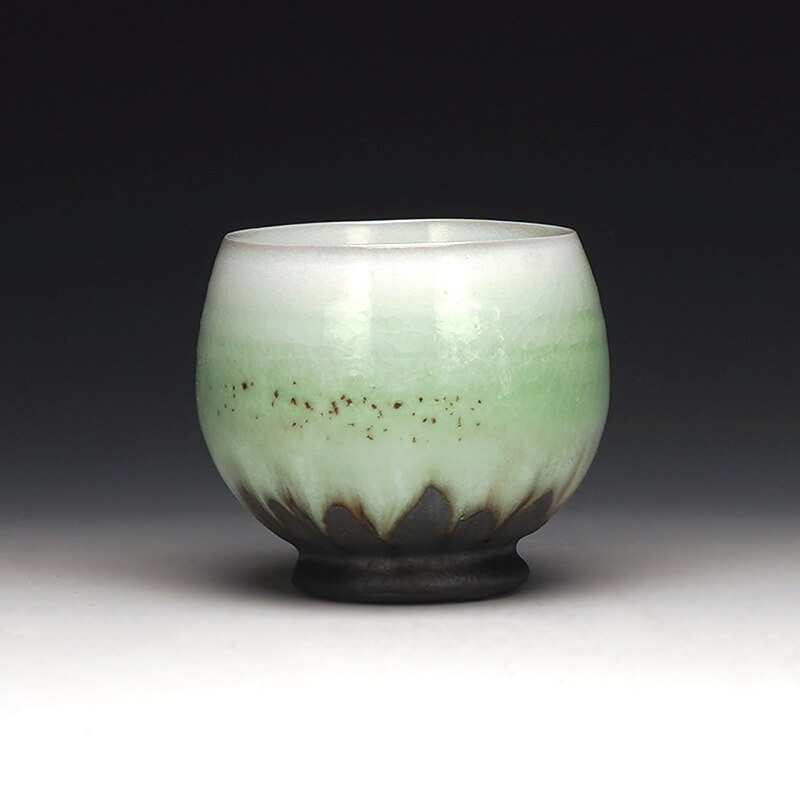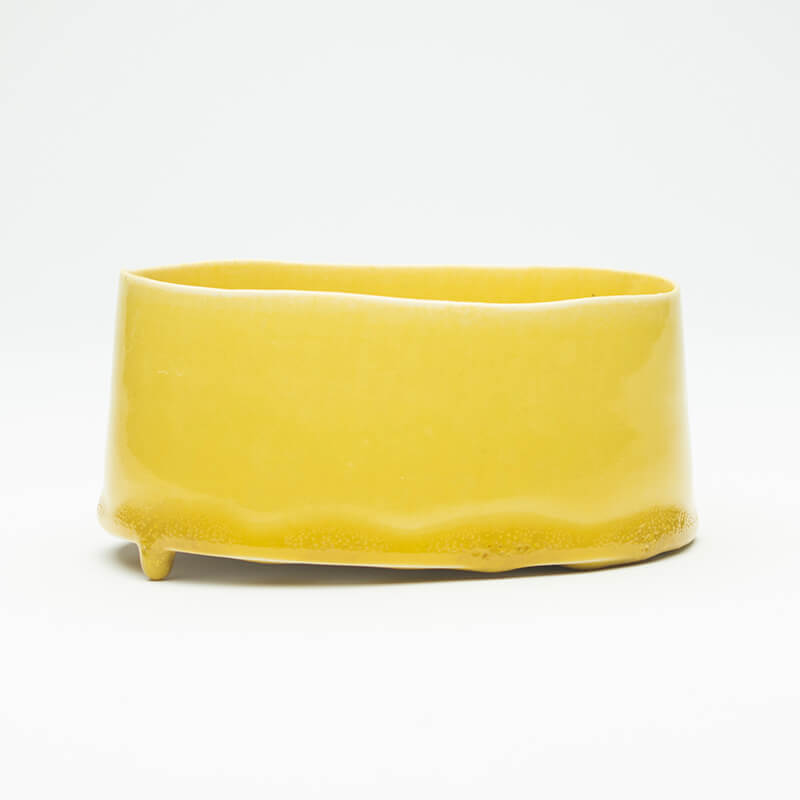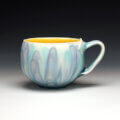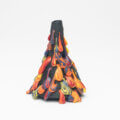
Red Lodge Clay Center – Short-Term Resident (ASPN) 2018, Long-Term Resident 2023-2024
Maxwell Henderson (he/him) is a nationally recognized ceramic artist. Born in Arizona in 1996, he received his Bachelor of Fine Arts from Arizona State University, graduating Summa Cum Laude. Furthering his education, Maxwell completed a post-baccalaureate program at Pennsylvania State University before earning his MFA in Ceramics from the University of Nebraska-Lincoln in 2023.
Since 2018, his work has been prominently featured in numerous juried and invitational exhibitions. He has earned multiple awards, including a grant from the Rudy Autio Endowment Fund.
In 2023, Maxwell was a summer resident at the Archie Bray Foundation and has a piece included in their permanent collection. Currently, he is a long-term resident artist at the Red Lodge Clay Center.
Maxwell has also contributed to the academic and artistic community through various teaching roles. He has served as an instructor of record at the University of Nebraska-Lincoln, teaching courses in ceramics and three-dimensional design. His commitment to education extends the general community, including teaching at Belvoir Terrace, the LUX Center for the Arts, and Red Lodge Clay Center.
In addition to his educational and residency achievements, Maxwell’s work has been published in several notable publications, including the Ceramic Arts Yearbook, Ceramics Monthly, and a feature in Ben Carter’s upcoming book.
Continuing to push the boundaries of ceramics, Maxwell Henderson is drawing inspiration from his diverse experiences and the natural beauty of his surroundings. His work remains a testament to his dedication and passion for the ceramic arts.
My work is an exploration of my “qualia”—those intensely personal experiences, emotions, and perceptions that shape my humanity and influence what I notice and value in life. In a culture where binaries often eclipse nuance, the liminality of my existence as a biracial black and white person is subtly marginalized and dismissed. This feeling of diaspora prompts me to question, “Who am I?” It was not until I made my first pot at fifteen that I found validity in my existence. This reaffirming discovery fostered a deep kinship with clay—a material frequently dismissed and literally stepped on. Yet, it is one I view with profound reverence and empathy.
In crafting my vessels, I engage with pottery’s transformative role in my life not just as a medium, but as a profound dialogue between the universal and the individual—reflecting both the collective human condition and my personal qualia. While these creations embrace utility, they primarily showcase the formal qualities inspired by nature’s contrasts: the interplay between form/texture, static/fluid, muted/vibrant. This approach is not about mimicking nature directly but about capturing its essence through non-representational means that resonate with my own relationship with ceramics and its cultural heritage. Each vessel, with its rich colors and pronounced three-dimensionality, emerges from my deep interest in ceramic materiality and the formal qualities I notice in nature. My approach transcends mere aesthetics; it is a deliberate exploration of the liminal spaces where my nuanced identity engages with broader cultures of ceramics.
My ceramic tiles are inspired by the natural elegance of Iceland’s volcanic rivers and the sophisticated glazing techniques of Kutani pottery—particularly the methods of Tokuda Yasokichi IV’s, whose approach involves overfiring glaze to blend the colors. My tiles are a canvas that highlight my interest with glaze flow and its interaction with light—how this can reveal/obscure or demonstrate how glaze mirrors essences of nature. This interplay is layered with the emotional impact of color, where subtle gradations, cracks, and the fluid energy of the glazes blend to create a visual dichotomy. Like my vessels, a pattern seems to emerge at a distance, suggesting a uniformity akin to a forest of trees. However, upon closer inspection, each tile reveals a unique, randomized application of colors, challenging the initial perception of consistency. This visual exploration invites the observer to confront the veneer of similarity and discover each tile’s underlying diversity—much like engaging with an individual reveals a depth and uniqueness not apparent in the collective.
Ultimately, my work explores the dual nature of existence—showcasing how, within the grandeur of collective human experience, individual details are crucial to our shared humanity. Each piece embodies not only what I personally notice and value but also how these perceptions are influenced by broader cultural forces. This interplay highlights the importance of both realms. While society often elevates collective/cultural archetypes, it tends to overlook the nuances of personal experience. I focus on my qualia to focus on the need to recognize and value individual contributions as fundamental to our collective understanding.


